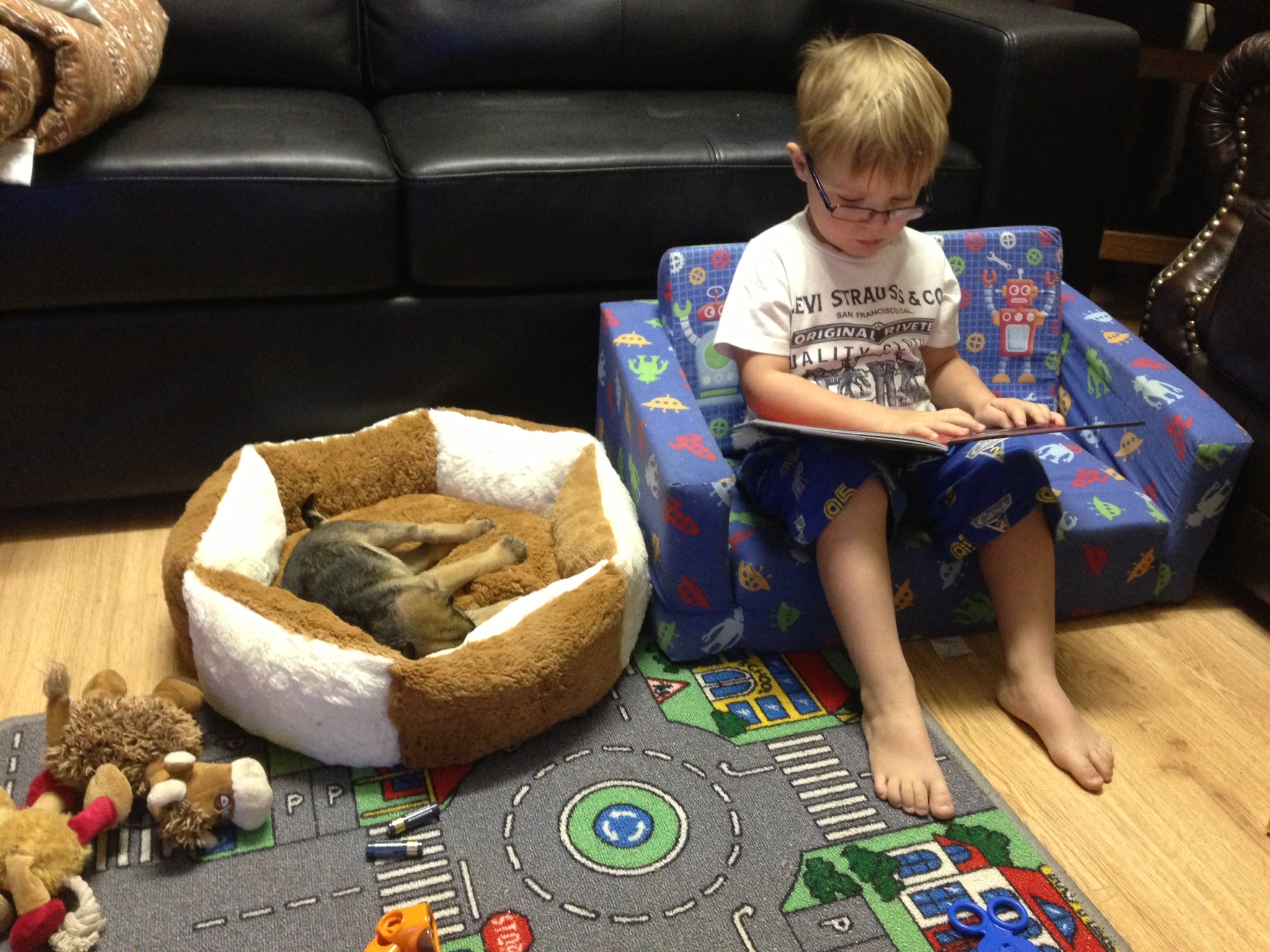Desexed dogs – 2.6 times less likely to bite!
Australian Veterinary Association makes this claim, in its PDF “Dangerous Dogs – a sensible solution“:
Entire (undesexed) dogs are 2.6 times more likely to bite than those that are spayed or neutered (desexed)
Are undesexed dogs really that risky?
I decided to read the three studies referenced individually.
Messam, LL, Kass, PH, Chomel, BB, Hart, LA 2008, ‘The human-canine environment: a risk factor for non-play bites?’, Veterinary Journal, 177(2); 205-15.
This study used data from 2003 (11 years ago) collected in Kingston, Jamaica and San Fransico, USA. Participants were recruited from vet clinic waiting rooms where they were presented with a questionnaire, set to determine the nature of their dog’s biting behaviour (and differentiating it from play biting).
When it came to comparing entire and gonadectomised dogs, this research suggests:
- Intact dogs are more likely to bite than desexed dogs
- Intact males are 1.68 times more likely to bite than desexed males
- Intact males were 0.8 times more likely to bite than intact females
- Spayed females were the ‘least bitey’
Guy, NC, Luescher, UA, Dohoo, Se, Spangler, E, Miller, JB, Dohoo, IR and Bate, LA 2001, ‘Demographic and aggressive characteristics of dogs in general veterinary caseload’, Applied Animal Behaviour Science, vol 74, iss 1.
This research is based on data collected in Cannada in 1996 (18 years ago), targeting owners with a questionnaire waiting for vet appointments in three Canadian provinces. Their results indicate:
- The lowest level of aggression (biting and growling) was reported in intact female dogs
- Intact male dogs were twice as likely to have bitten as intact female dogs
- Intact male dogs and neutered females incidents of biting was reported at a similar level
And to quote:
“Relative to intact female dogs, neutered male dogs of at least 1 year of age were at the highest risk for having previously shown biting behaviour, followed by neutered female dogs, and intact males… [O]ur results indicate that the behavioural outcomes of [neutering] are worthy of further investigation.”
Gershman, KA, Sacks, JJ & Wright, JC 1994, ‘Which dogs bite? A case-control study of risk factors’, Pediatrics, 93 (6 pt 1), 913-7.
This study used data from 1991 (23 years ago) using 178 dog bites requiring medical treatment of a non-household-member in Denver, USA. Data was only used for dogs that had not bitten before. The study itself recognises this is a small sample size.
Their data concludes:
- not-neutered dogs were 2.6 times more likely to bite
- chained dogs were 2.8 times more likely to bite
- dogs living with a baby were 3.5 times more likely to bite
- male dogs were 6.2 times more likely to bite
So, are entire dogs 2.6 times more likely to bite?
If you are looking at the study in Denver, USA, in 1991 (23 years ago!) then, yes, their conclusions indicate that intact dogs are 2.6 times more likely to bite than desexed dogs.
But the other evidence referenced by the AVA does not make the exact same conclusions. The study conducted in 2003, using data from Jamaica and the USA, found that intact males were 1.68 times more likely to bite than castrated males, and 0.8 times as likely to bite as intact females. (This study is also old, with the data being collected 11 years ago.)
And that other article, with data from Canada in 1996 (18 years ago) makes pretty much the opposite conclusion. They found that neutered male dogs were the riskiest in terms of bites.
Questions to ask…
Why are we relying on data over a decade (or two decades) old? If aggression in entire dogs was a common phenomenon, surely we would have countless studies showing this problem.
Where is the Australian data-set?
Where is the study that controls for factors such as selection, socialisation, and socio-economic factors?
What the AVA should really be saying is:
According to one study conducted in Denver, USA, 23 years ago, entire dogs were found to be 2.6 times more likely to deliver a bite (that required medical treatment) to a stranger than desexed dogs.


 Dog bites are a lot more complex than simple ‘breed’. Families with children and dogs need to recognise that any child-dog interaction can end up in a bite, regardless of breed. However, there are a number of ways that dog bite risk can be minimised.
Dog bites are a lot more complex than simple ‘breed’. Families with children and dogs need to recognise that any child-dog interaction can end up in a bite, regardless of breed. However, there are a number of ways that dog bite risk can be minimised.